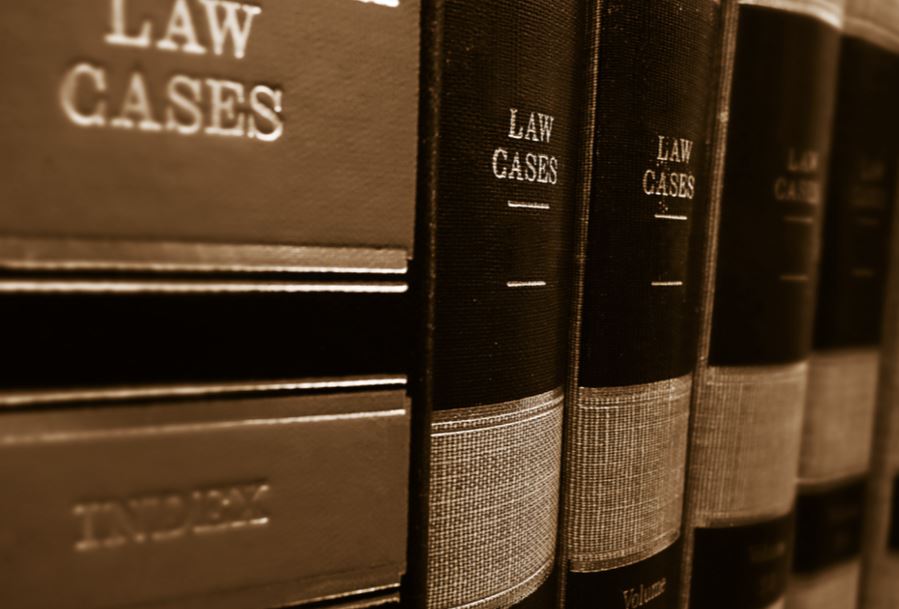Case: Wright v Cambridge Medical Group (A Partnership) [2013] QB 312
Facts
In 1998, the claimant, an 11-month-old child, contracted chickenpox. On 9th April, she was admitted to hospital with a high temperature, and developed a bacterial super-infection within a couple of days. However, this infection was not diagnosed by the hospital and she was discharged on 12th April. Expert evidence revealed that by 13th or 14th April, the claimant’s condition resulted in an infection of the bone at the hip joint. On 15th April, the claimant’s mother noted that the claimant was lethargic, feverish, and anorexic. She phoned her GPs, the defendants, yet they failed to make arrangements for the claimant to be seen.
By 17th April, the claimant’s condition had worsened, with her hands and feet beginning to swell. The claimant’s mother again phoned the defendants, who saw the claimant within an hour. A doctor at the defendant’s practice referred the claimant immediately to hospital.
That evening, the claimant was prescribed an antibiotic. The following morning, another doctor changed the treatment to a different antibiotic. However, after talking to a microbiologist that afternoon, the claimant’s treatment was changed yet again by the afternoon of 18th April. The claimant was not seen by a consultant paediatrician until 20th April, and the treatment was changed once again. Regardless of this, the correct diagnosis was still not made. On 21st April, it was realised by hospital staff that the claimant was not moving her hip, leading to an urgent ultrasound scan. This scan revealed septic arthritis, which required an urgent arthrotomy to create an opening of the joint to allow for surgical drainage. In any event, the injury had caused a separation and destruction of the bone plate.
The resulting injury of the claimant was a permanently unstable hip, restricted movement, leg length discrepancy and restricted mobility. The claimant’s mother brought clinical negligence claim against the GP surgery as a result of the above injury, stating that had the claimant been referred sooner, the eventual injury would not have occurred.
Judgment at first instance
In light of the above facts, it was held that although the defendants failed to meet their duty of care in not referring the claimant to the hospital on 15th April, this act caused the claimant no loss, as the court ruled that even if she had been admitted to hospital at this point, she would not have received the correct treatment, so she would in any event have suffered the permanent damage.
The claim was subsequently dismissed. The claimant appealed, and the case was brought before the Court of Appeal.
Issues for the Court of Appeal
The issues for the court to consider were whether the claimant would have received the same treatment from the hospital even if she would have been referred two days earlier than she eventually was. Also, it was necessary to determine if the delayed referral was a causative act, that is, an act that had a material contribution towards, the eventual permanent injury.
The judgment of the Court of Appeal
In light of the above, the claimant argued the following in their appeal:
- As the defendants were held to have breached their duty of care in failing to refer the claimant on 15th April, this caused some physical damage. The claimant’s injuries were within the scope of the defendant’s duty of care, and so the claimant should be entitled to claim for the whole of the damage she suffered.
- The Judge should not have concluded that the hospital would have negligently failed to treat the claimant even if she had been referred, as:
a. It was not permitted as a matter of law, and
b. In any event, the evidence did not justify such a conclusion.
It was concluded by the Court of Appeal that the actions of the hospital were negligent, and had the correct treatment been administered in time, it is likely that the claimant’s condition would not have resulted in a permanent injury. Unfortunately however, the hospital was not a party to the proceedings. In any event, it has been decided in previous cases that where there are successive acts of negligence by different parties, both parties can be held responsible for the damage that occurs and liability will be apportioned between them. As such, a later act of negligence will not extinguish the negligence of an earlier act.
Despite negligence not being found, it was considered in the judgment at first instance that the GP surgery had breached its duty of care as a result of referring the claimant to the hospital two days later than it should have done. The Court of Appeal decided that this was enough to amount to a causative factor of the claimant’s permanent injury. The duty of the defendants was to take the steps of a reasonable general practitioner, and so the Court of Appeal had to reject the defendants’ claim that the eventual injury was outside of their duty of care to the claimant.
The majority of the Court of Appeal, with one judge dissenting, accepted that the hospital’s negligence was not the sole cause of the claimant’s permanent injury. The court expressed regret that the hospital had not been madeparty to the proceedings, as this would have resulted in the liability being apportioned accordingly between them and the defendants. However, the appeal was allowed on the basis that the acts of the defendants amounted to a causative contribution to the eventual injury that occurred, and they could not escape liability by placing the blame on the actions of the hospital.
Implications
The outcome of the appeal of this case helps to clarify the position in cases where the actions of more than one party are considered to be negligent. Previously, a judge may not have found a medical practitioner to be negligent if it would not be fair, just and reasonable to impose liability upon them, for example if the negligent act was minor when considered alongside the eventual injury that occurred. However, the Court of Appeal have provided clarity in the position that where a medical practitioner has breached their duty of care, and where the negligent act contributes in some way to an eventual injury, they should not be able to escape liability altogether.
This also provides clarity to individuals, as it emphasises that where an individual has unnecessarily suffered as a result of negligence, case law exists in support of the fact that they should be compensated for their loss and suffering. As such, it may inspire confidence that all medical practitioners should be held accountable for their actions, even if such actions only amount to a minor cause of the eventual injury. As a result, this case should be considered as a welcome move forwards for all individuals.
Further Reading
From one of the UK’s most read legal blogs.








